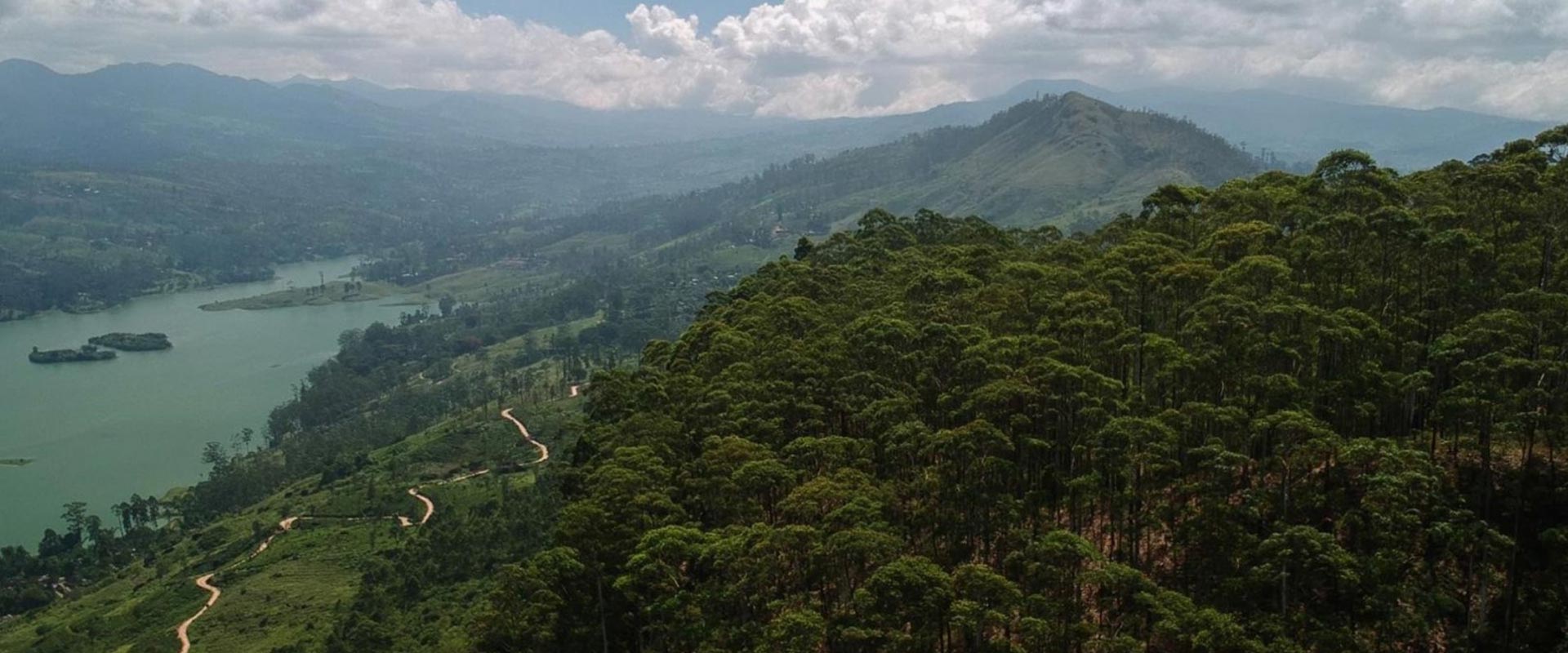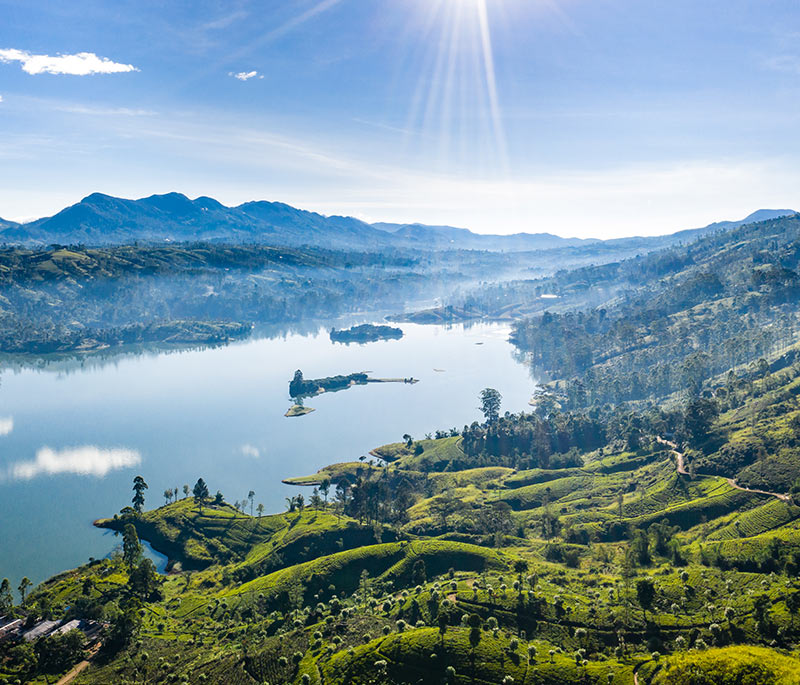Conserving the Peak Ridge Forest Corridor
Resplendent Ceylon, the Wilderness and Wildlife Conservation Trust (WWCT), Dilmah Tea and several other tea estates have embarked on a ground-breaking private sector collaboration to protect Leopards in the Sri Lankan tea highlands. The initiative not only includes a multi-stakeholder collaboration but is the birth of a financial model where conservation efforts can be funded through tourism.
A Memorandum of Understanding was signed in February 2021 to help protect Leopards and other biodiversity on an 18km mountain ridge between Castlereagh and Moussakelle reservoirs, near Ceylon Tea Trails and adjacent to the 224 sq km Peak Wilderness Sanctuary.
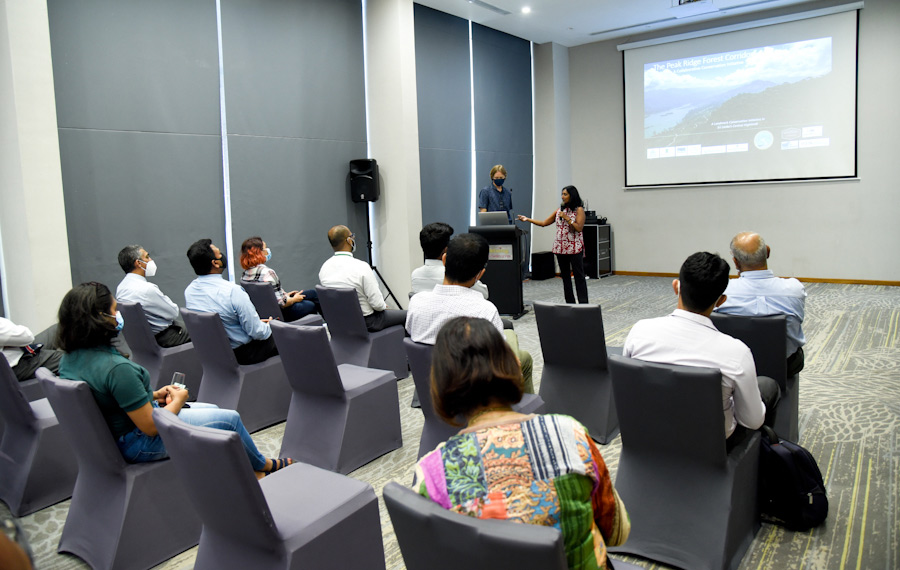
In 2016, several Leopards fell victim to snares in the vicinity. This drew attention to the fact that Leopards were present outside the Peak Wilderness protected area, along the ridge directly behind Ceylon Tea Trails. Resplendent Ceylon invited WWCT, a Leopard-focused research and conservation organisation headed by Anjali Watson and Andrew Kittle and provided facilities to set up a research station at Tea Trails in the Dunkeld tea estate.
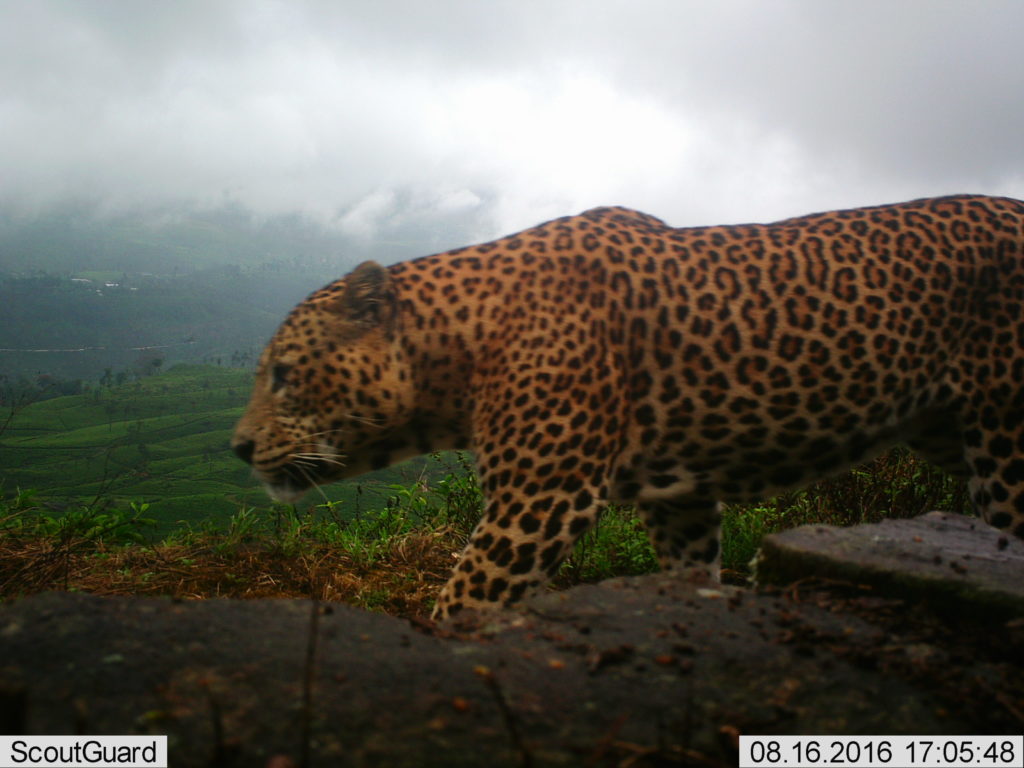
WWCT began their work into Leopard dynamics on the ridge. The findings were astounding as they discovered, with extensive camera trap footage, that there was a significant population of Leopards along the ridge between the two reservoirs, outside the Sanctuary. The ridge, which we dubbed the Peak Ridge Forest Corridor, connects sections of the Peak Wilderness Sanctuary.
Over the past 5 years, Anjali and Andrew observed several sets of cubs that have matured to adulthood, an encouraging sign that a stable population of Leopards exists – while also underpinning the need for immediate and active conservation.
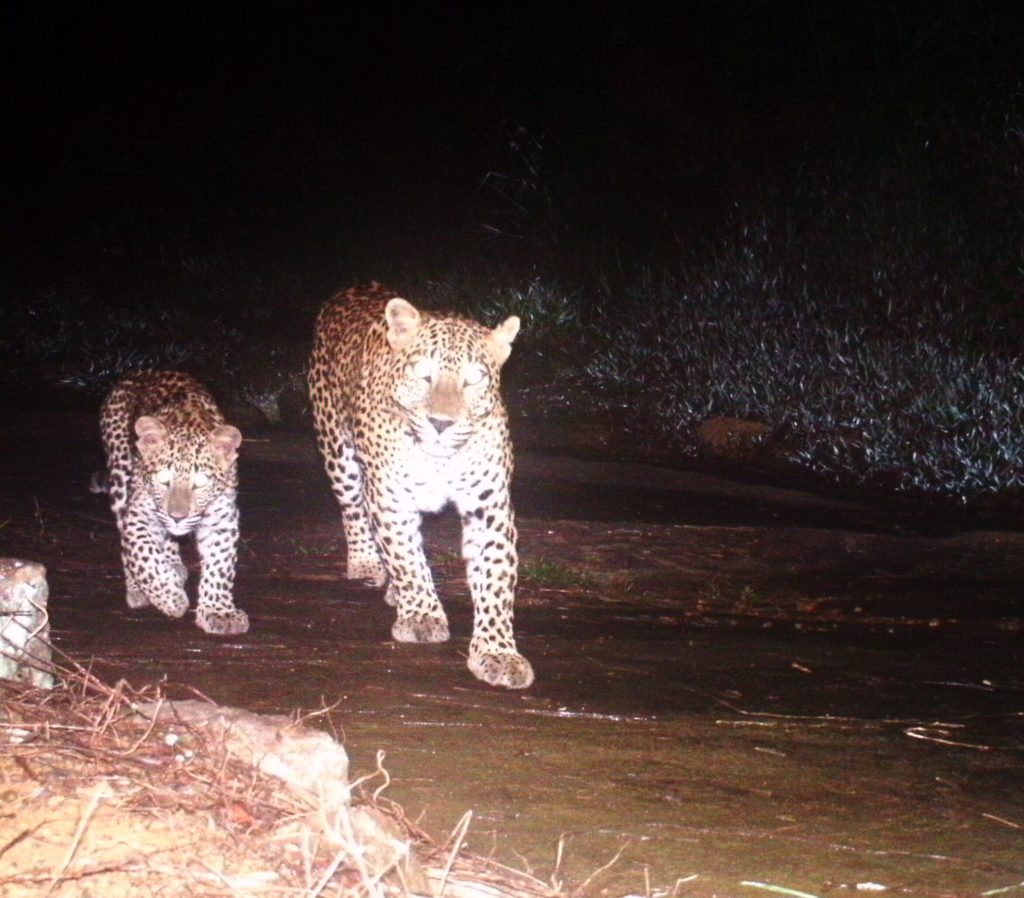
More than half of Sri Lanka’s Leopards exist outside protected areas (national parks), and this ratio is even higher in the central highlands where a significant proportion of the land use is for the growing of tea. This translates to Leopard populations that coexist in human-dominated areas – a recipe for potential human-wildlife conflict with an endangered and keystone species.
Resplendent Ceylon was a catalyst in bringing these stakeholders together, to align the tea companies and the conservation community, motivated by the common need for biodiversity conservation.
This collaboration is private sector-led and supported by scientific research, a pioneering step for a more sustainable Sri Lanka. It is the birth of a new conservation model that could be scaled to protect our natural assets and support the work of government agencies, vital at this juncture of habitat loss vs. economic aspirations of a developing economy.
Malik J Fernando, Managing Director of Resplendent Ceylon said “The Leopard is an endangered keystone species and we have a high concentration in the tea country, around these estates. To come together to help ensure these charismatic animals can continue to move from one side of the Peak Wilderness to another is a remarkable demonstration of private sector concern about our shrinking biodiversity.”
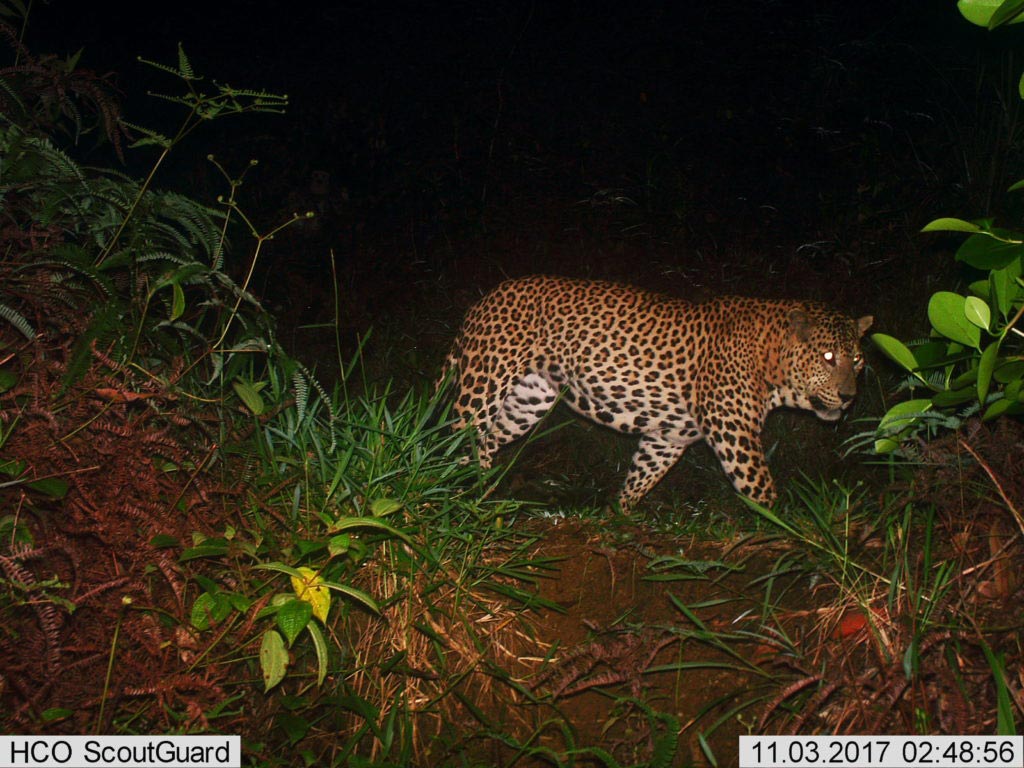
At the February launch of the project, Anjali Watson and Andrew Kittle presented an action plan for the Peak Ridge Forest Corridor. “We began in the highlands in 2016, to identify that Leopards were moving within a particular area within the central highlands and could therefore advocate to put it under protection.” said Anjali Watson, “The estates that are in this area, together with our other partners have come together to protect this ridge. It’s a landmark initiative because it’s the first of its kind in Sri Lanka, where we’re trying to go outside of the traditional box of protected areas that are created and run by government”
Resplendent Ceylon is also embarking on creating economic means for conservation through tourism. For the reforestation programme, the Tea Trails team have identified land within Dilmah’s Dunkeld estate where thousands of trees will be planted. Guests will be invited to participate in this program which will increase forest cover for Leopard and prey, while also re-introducing native tree species to the highlands that were removed to plant pine for timber decades ago. Guests also interact with the Tea Trails naturalists to better understand Leopard behaviour and how this charismatic species co-exists with the growing of the famed Ceylon Tea.
This is the beginning of the Peak Ridge conservation project, but it is also the start of light being cast on the Leopards of the highlands. Leopards are mysterious creatures, especially these, as they have often been lost in the narrative of the highlands of Sri Lanka. As this story unfolds, we look forward to taking you with us on this journey with the leopards of the Peak Ridge Corridor.
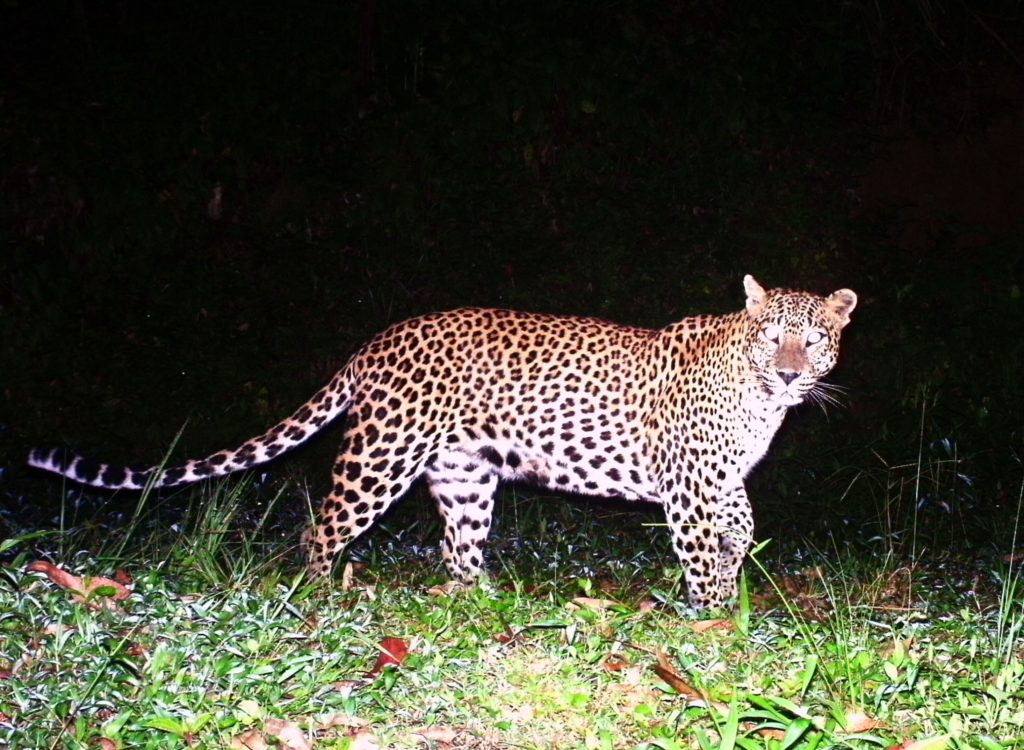
*Images cannot be reproduced or published on any other platform without the consent of Resplendent Ceylon and WWCT.

